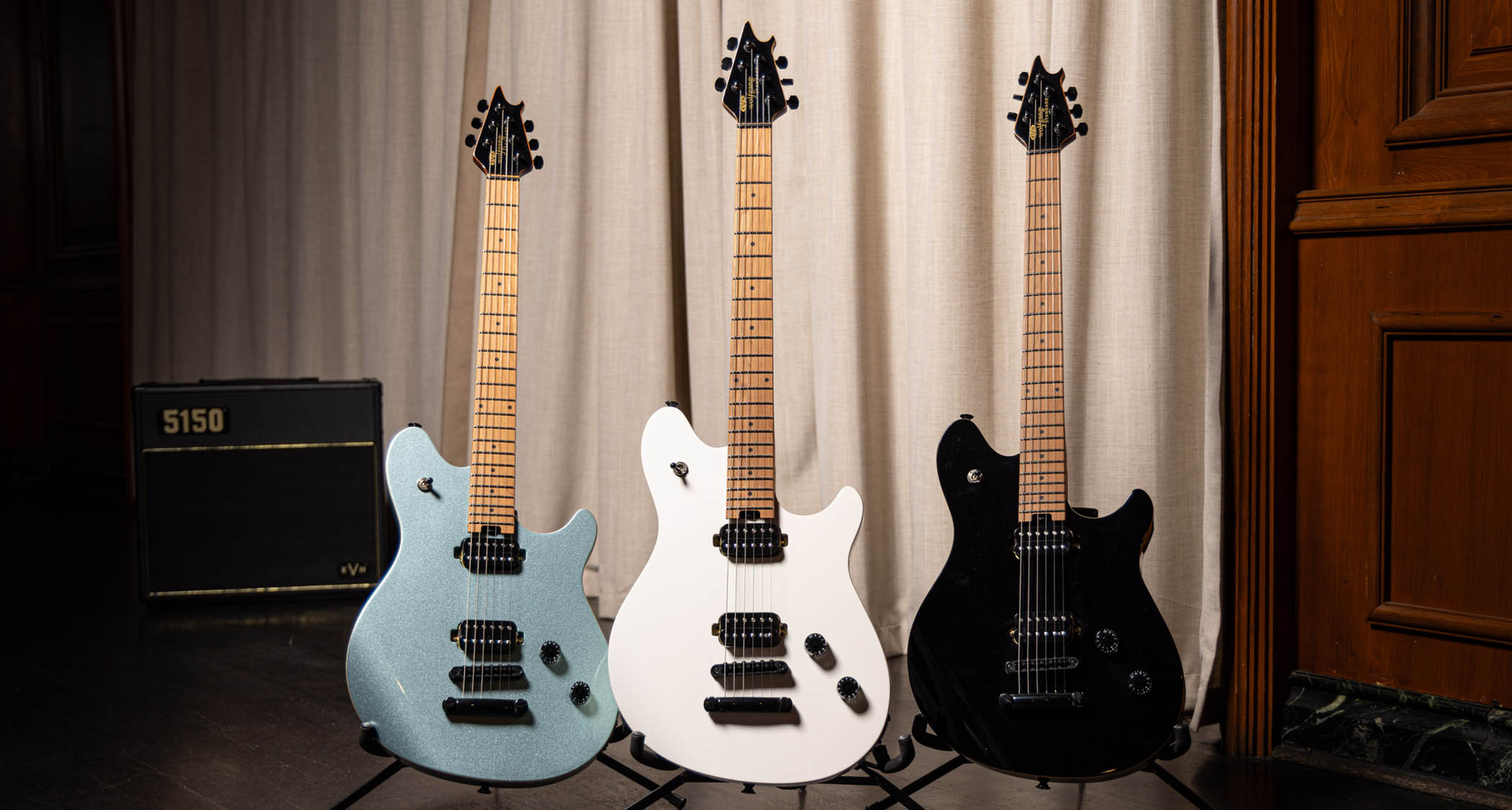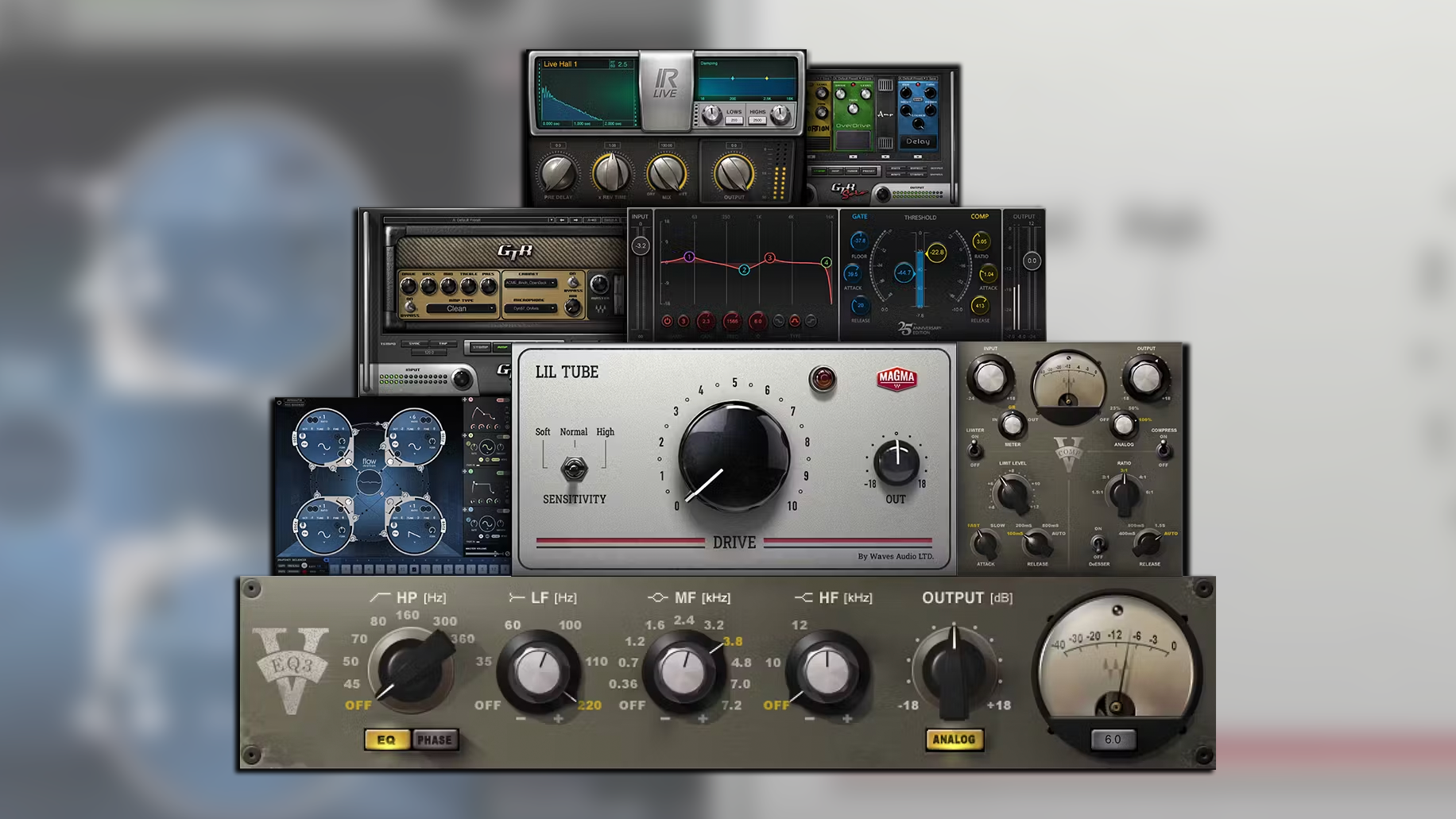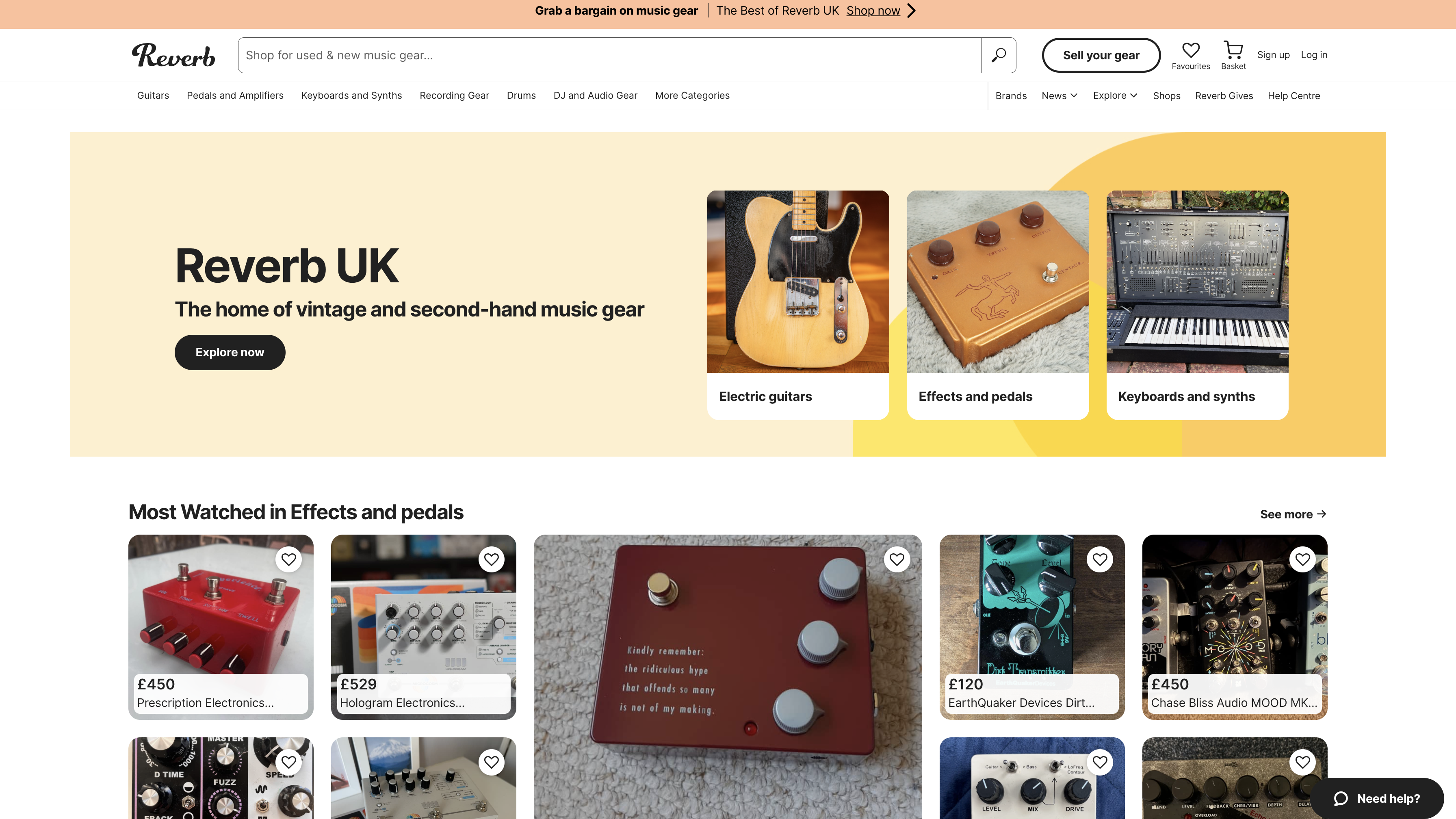“Dialling in these inspiring studio grade tones has never been easier and has never sounded better”: Walrus Audio adds OLED display, more controls, features and sounds on its new and improved flagship Mako MkII series pedals
Player feedback has been at the heart of the design for the refreshed and upgraded Mako MkII ACS1 amp/cab sim, D1 delay, R1 reverb and M1 modulation
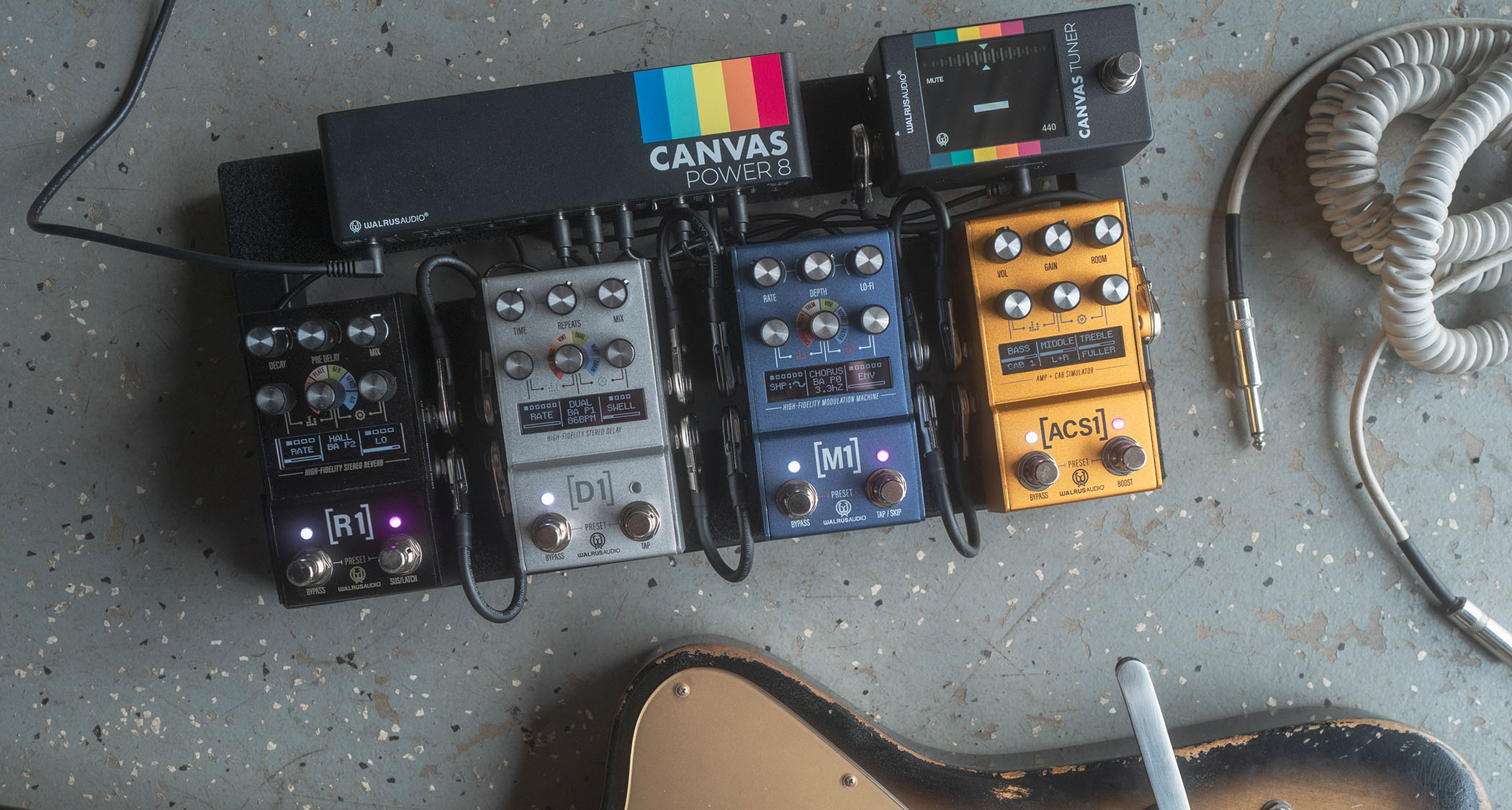
Four years following the debut of its flagship Mako series, Walrus Audio has unveiled a comprehensive revamp of its flagship guitar effects pedals, adding OLED display screens to the compact powerhouses – and a fleet of new features, some of which were inspired by player feedback.
The Mako MkII series comprises the ACS1 Amp + Cab Simulator, D1 High-Fidelity Stereo Delay, R1 High-Fidelity Stereo Reverb and the M1 Stereo Modulation Machine, with the colour-coded enclosures a familiar look for those familiar with the originals.
And many respects, these arrive with similarly grand designs for your pedalboard, with Walrus Audio making it their mission to engineer as many features as possible into a compact stompbox enclosure. The Mako MkII series, however, ups the ante big time These now ship with 128 onboard presets (hitherto it was nine, with 128 via MIDI).
Time-based effects have BPM control and BPM readout – you can now see the wisdom behind R&D’s decision to equip these MkII pedals with an OLED display. It allows Walrus Audio to add features and improve the user experience at the same time.
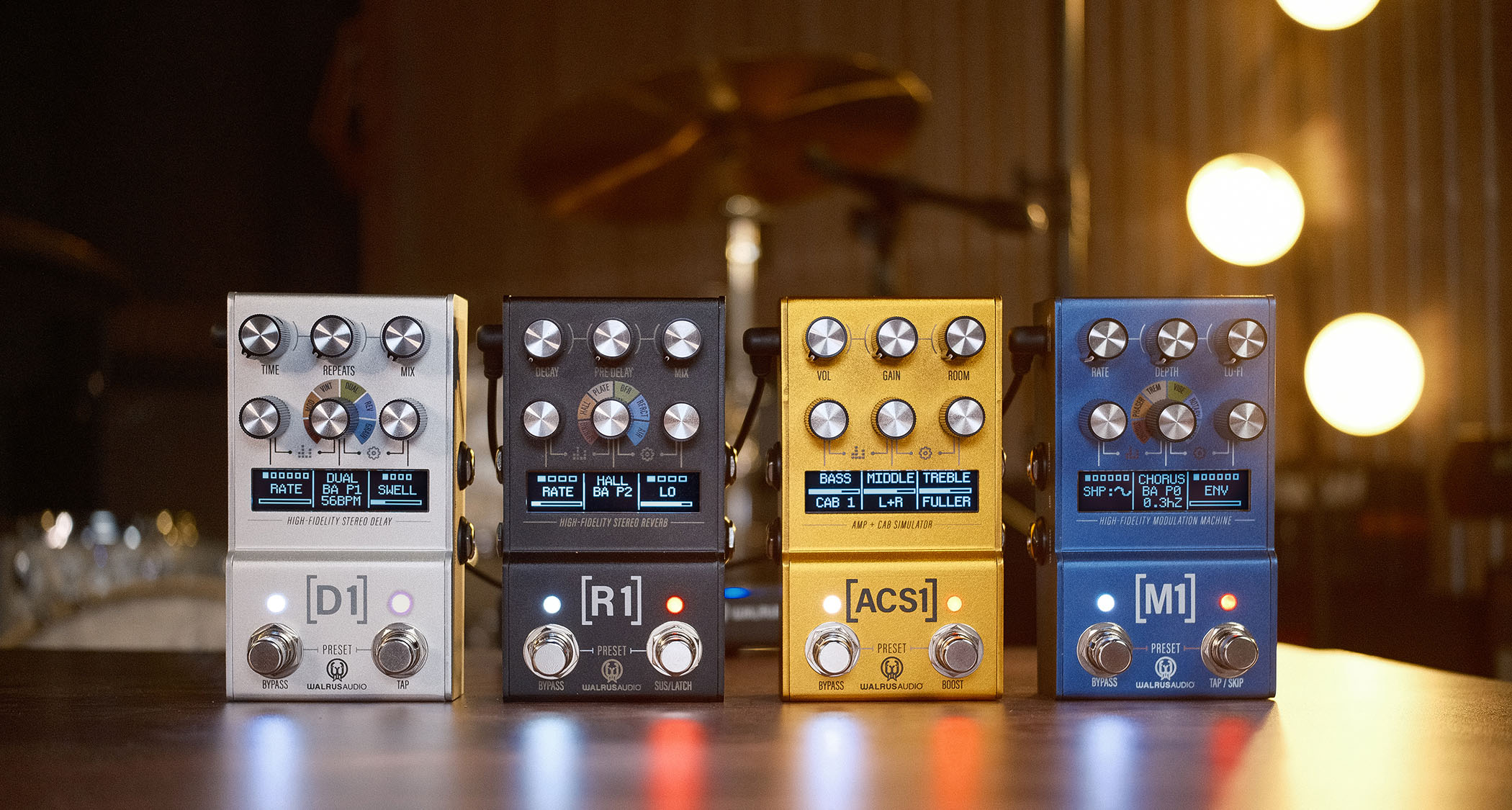
Across the board there has been some audio housekeeping to improve performance. You will find more headroom and a lowered noise floor on these. The algorithms themselves have been tweaked and improved – and in the case of the R1, all six core reverbs have been wholly redesigned from top to bottom.
There are some new features that fans of the pedals had requested – heck, there’s one we can think of that we requested. In MusicRadar's glowing 2022 review of the Mako M1 High-Fidelity Modulation Machine our sole caveat was that a “filter instead of a flanger is an odd choice” and now, with MKII, the M1 arrives with a flanger on the chorus algorithm. We look forward to hearing it.
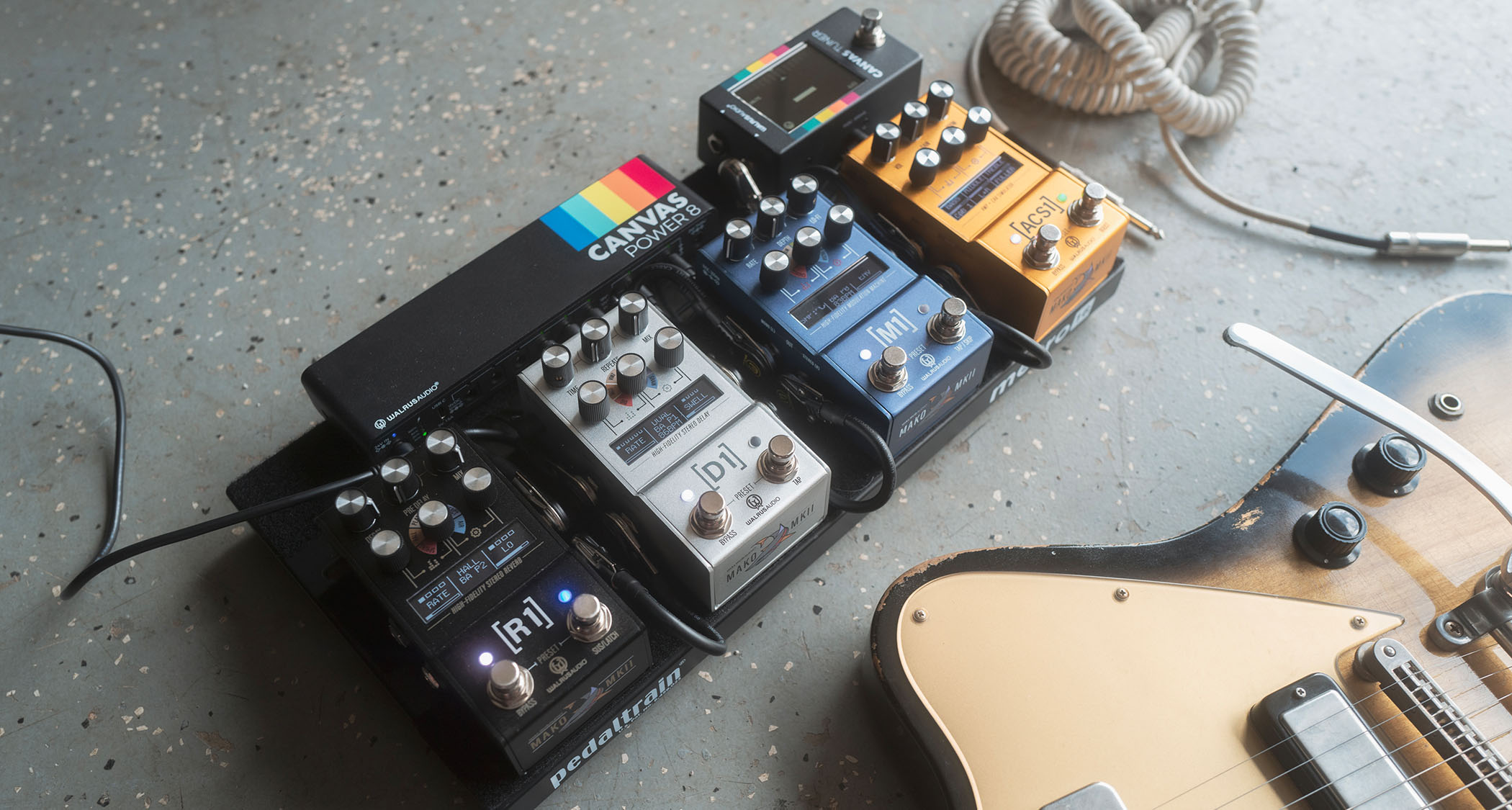
These sounds, of course, can be routed in mono or stereo. All have MIDI connectivity, plus USB for updating firmware and preset management. There are more secondary controls, which, again, the display will help you keep track of.
Get the MusicRadar Newsletter
Want all the hottest music and gear news, reviews, deals, features and more, direct to your inbox? Sign up here.
The ACS1 Amp + Cab Simulator is a good example of how this is not just a spit and polish refresh of the lineup. We’ve got an extra three guitar amp simulations to take your core sounds to a total of six, which you can then mix and match with the cab sims.
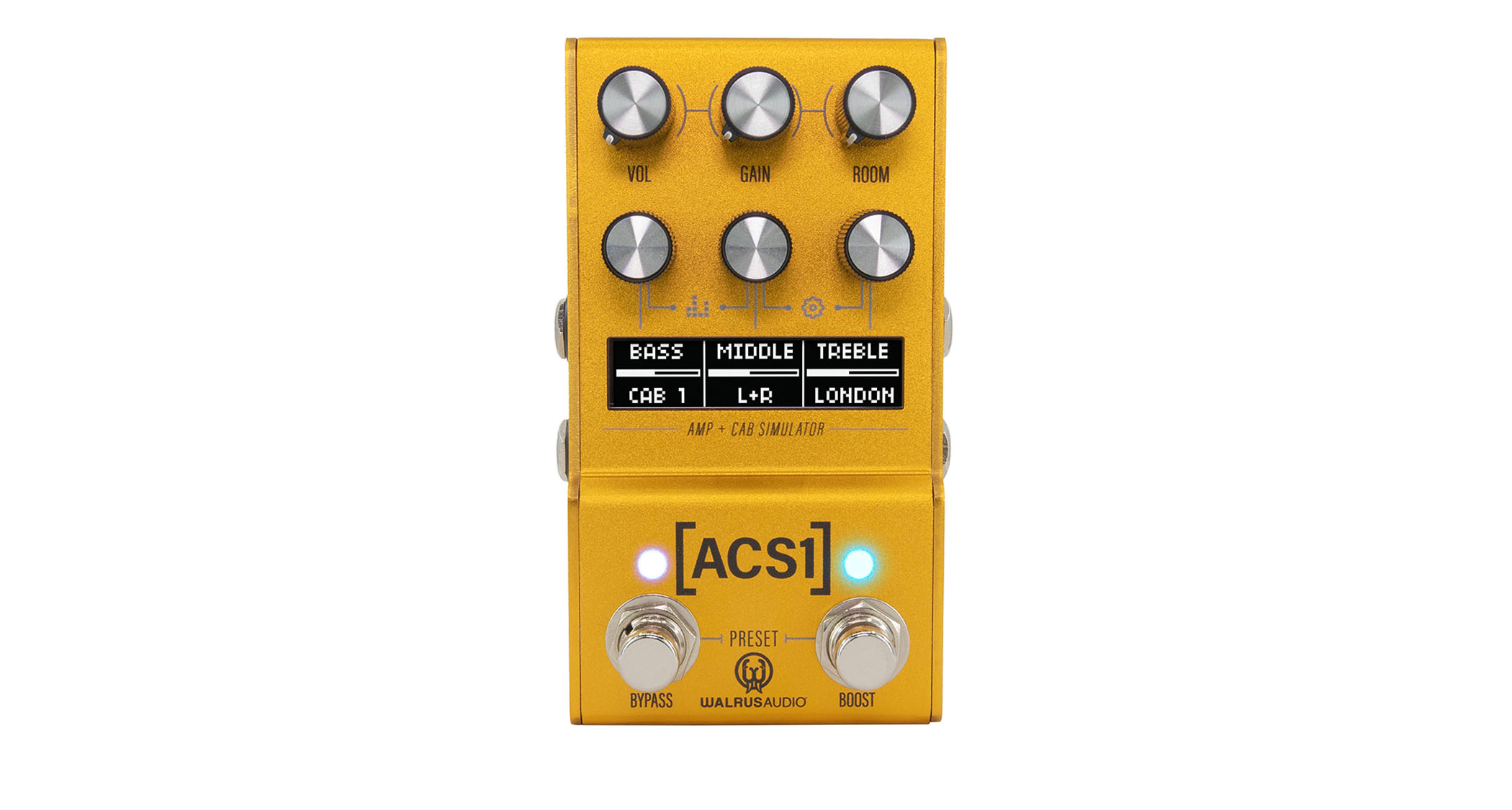
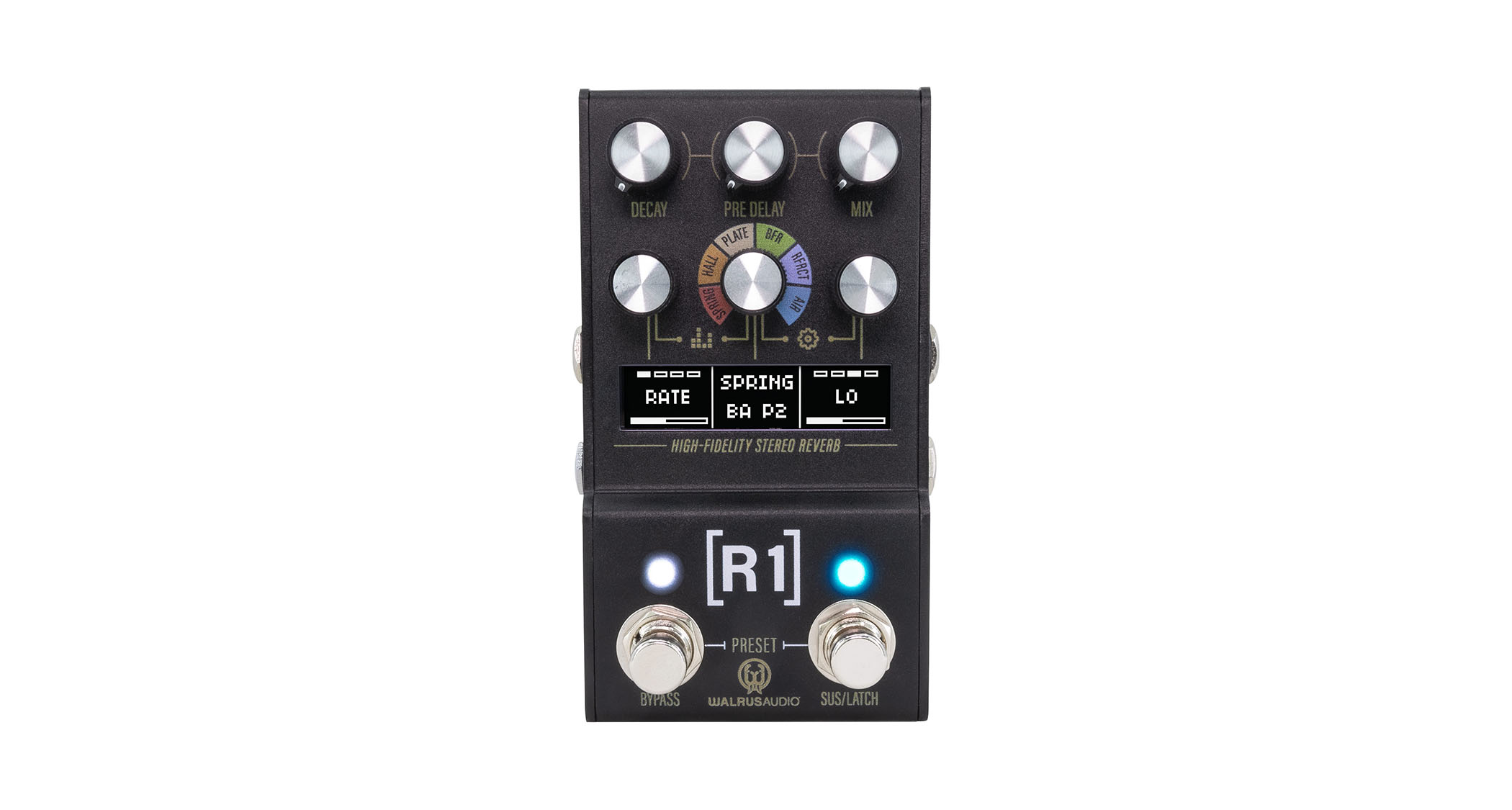
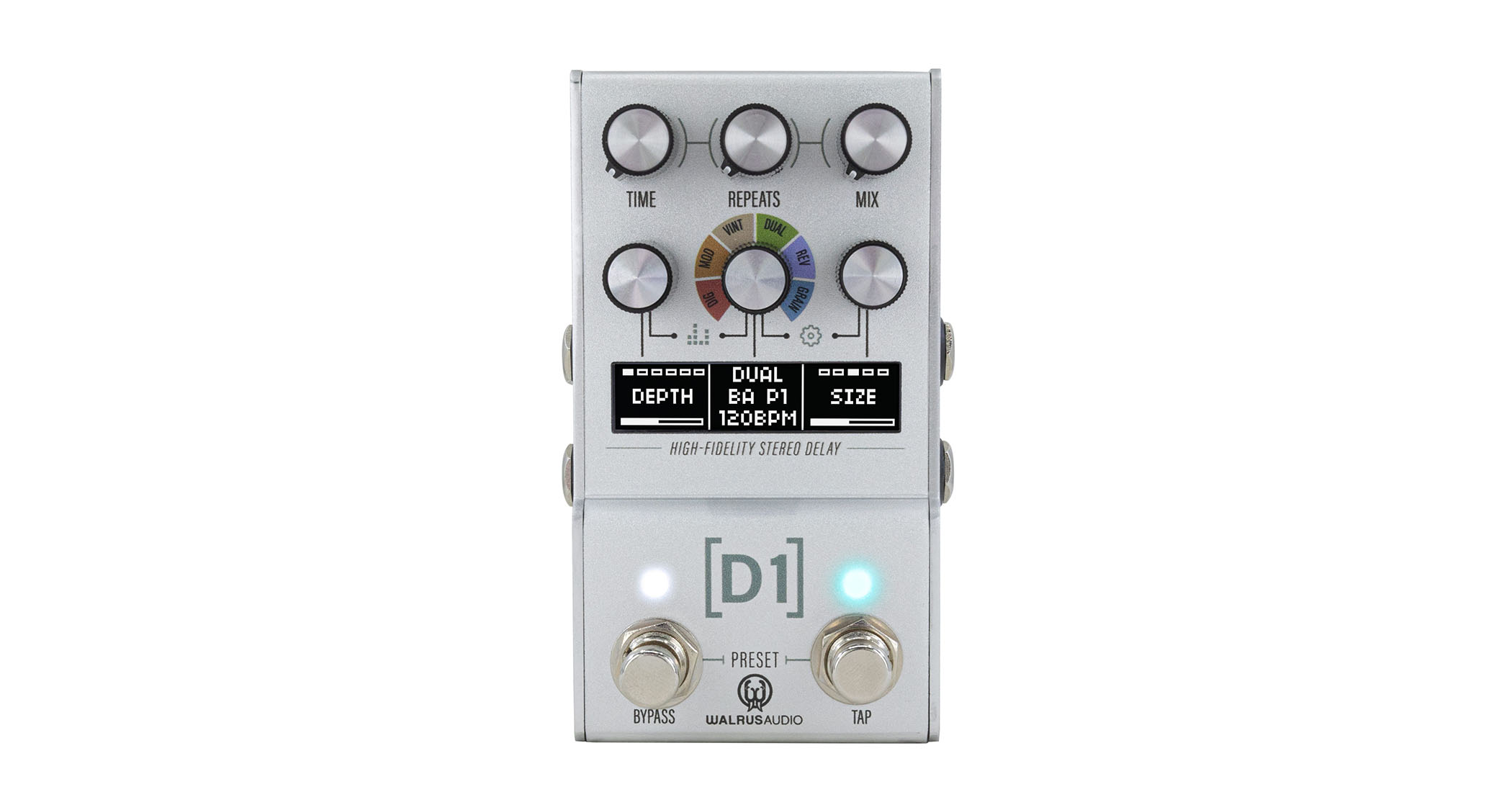
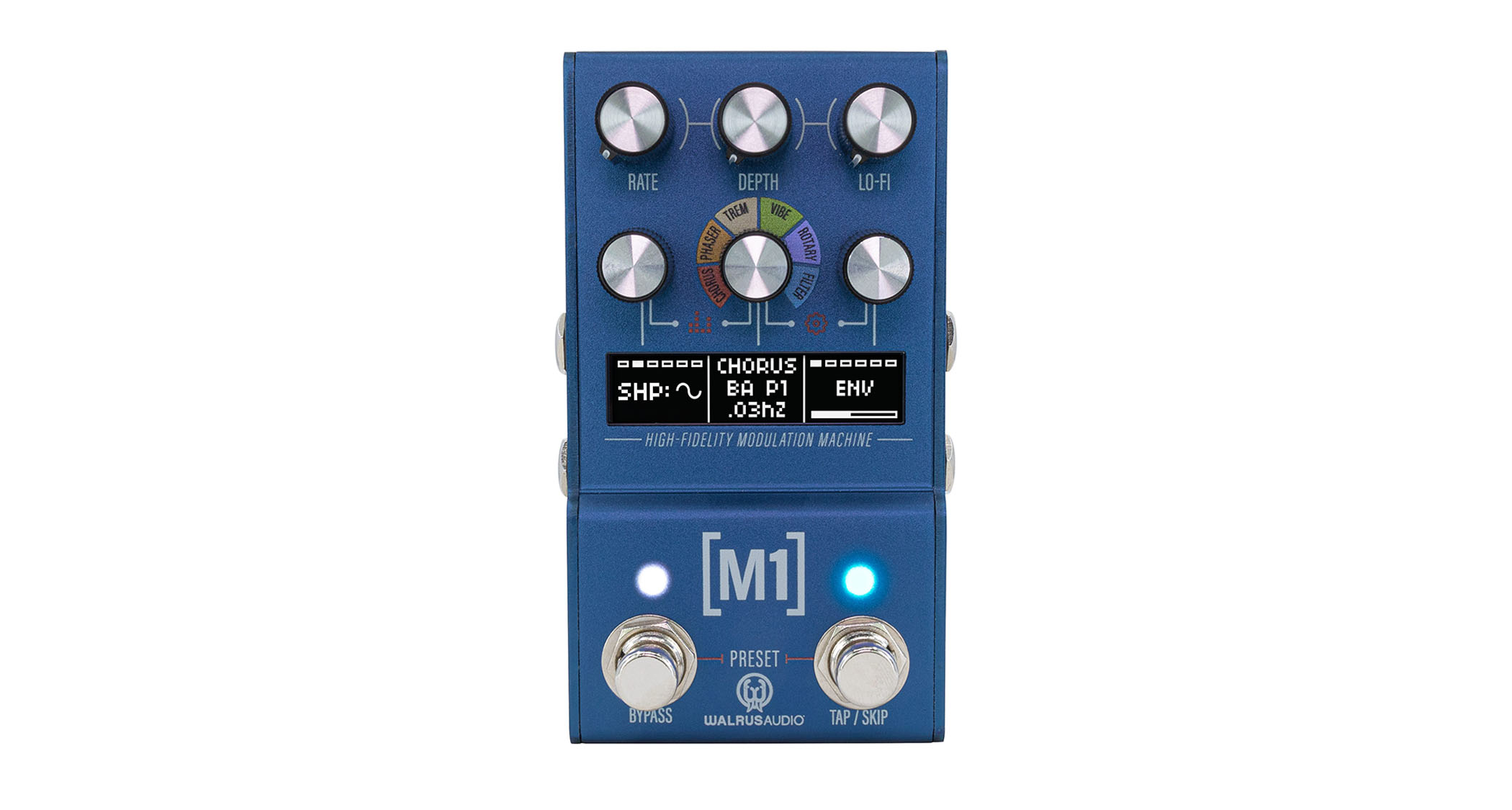
Not to keep referencing our reviews of the original Mako series pedals but we did note that the ACS1 “lacks a little” in the gain department. No more. The incoming models will all be of particular interest to the rock and metal player.
Gain is very much on the menu with the Peavey 5150, Orange Rockerverb and Mesa Boogie Dual Rectifier joining existing options of the Fender Deluxe Reverb, Marshall Bluesbreaker and Vox AC30.
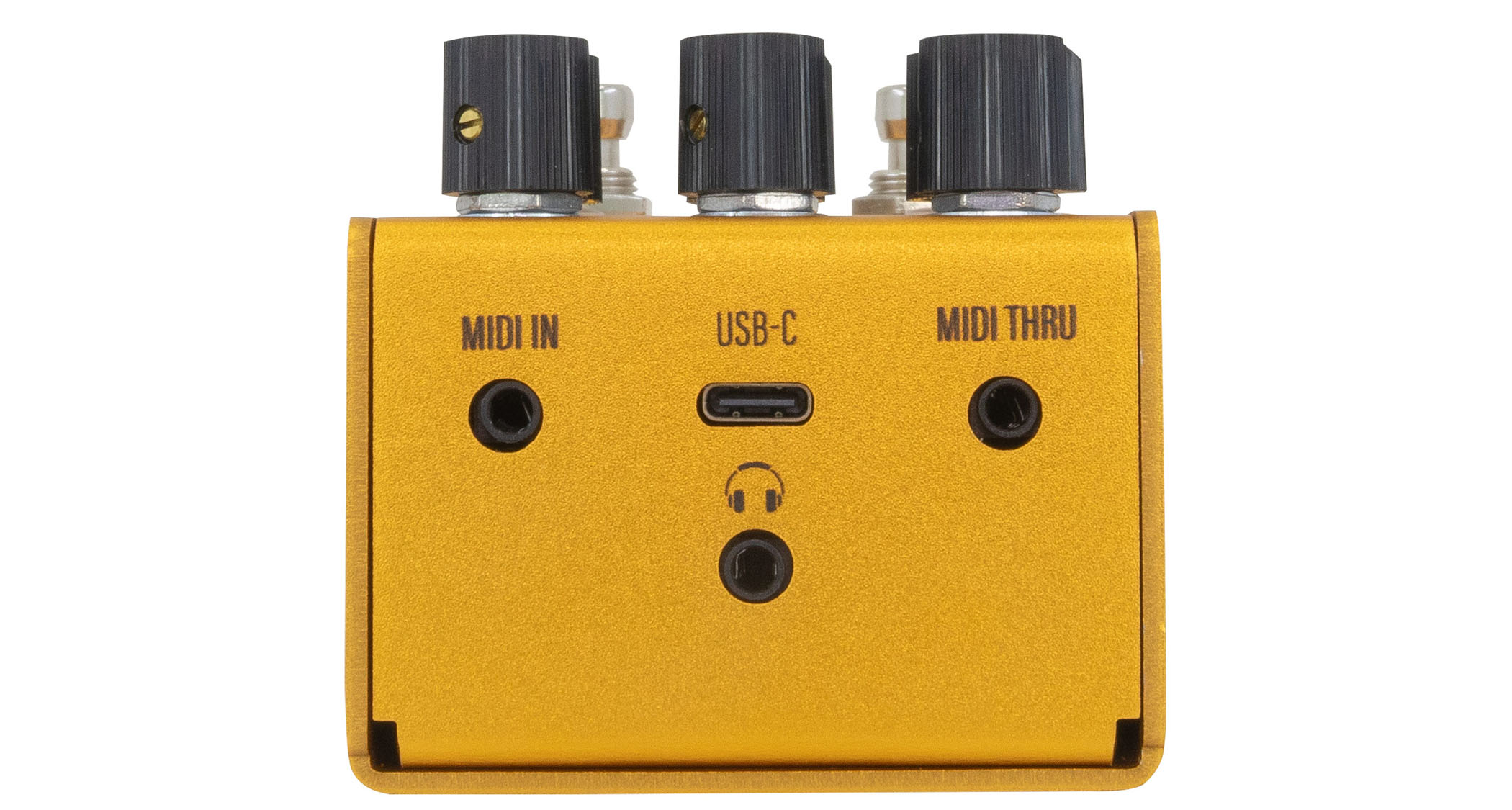
Walrus Audio has also added a noise gate control to the ACS1, and a further six cabinet models, each designed by York Audio’s Justin York.
We’ve also got a new Size control on the R1, offering you greater control over your guitar’s ambience. The D1 has an all-new Grain Delay algorithm, which feels very on-trend with the lo-fi shoegaze tone moment. But this really is a delay pedal for all playing scenarios, from the everyday to the experimental.




All of these effects are described as studio-grade. On the M1 you have chorus, phaser, tremolo, vibrato, rotary and filter, with the chorus algorithm also handling flanger, too.
The D1 has digital, modulated, vintage (analogue), dual, reverse and grain algorithms. While the R1 covers all the main reverb pedal food groups with Spring, Hall, Plate, BFR, Refract, and Air.
The Mako MKII Series is available now, with the ACS1 priced £435/$449, and the D1, R1 and M1 all priced £385/$399. For more details, head over to Walrus Audio.
Jonathan Horsley has been writing about guitars and guitar culture since 2005, playing them since 1990, and regularly contributes to MusicRadar, Total Guitar and Guitar World. He uses Jazz III nylon picks, 10s during the week, 9s at the weekend, and shamefully still struggles with rhythm figure one of Van Halen’s Panama.
“A guitar with the same style and massive sound Eddie Van Halen created all at an affordable price”: EVH Gear reimagines the Wolfgang Standard as a high-performance shredder with a TOM bridge
“Built from the same sacred stash of NOS silicon transistors and germanium diodes, giving it the soul – and snarl – of the original”: An octave-fuzz cult classic returns as Jam Pedals resurrects the Octaurus


![Gretsch Limited Edition Paisley Penguin [left] and Honey Dipper Resonator: the Penguin dresses the famous singlecut in gold sparkle with a Paisley Pattern graphic, while the 99 per cent aluminium Honey Dipper makes a welcome return to the lineup.](https://cdn.mos.cms.futurecdn.net/BgZycMYFMAgTErT4DdsgbG.jpg)
